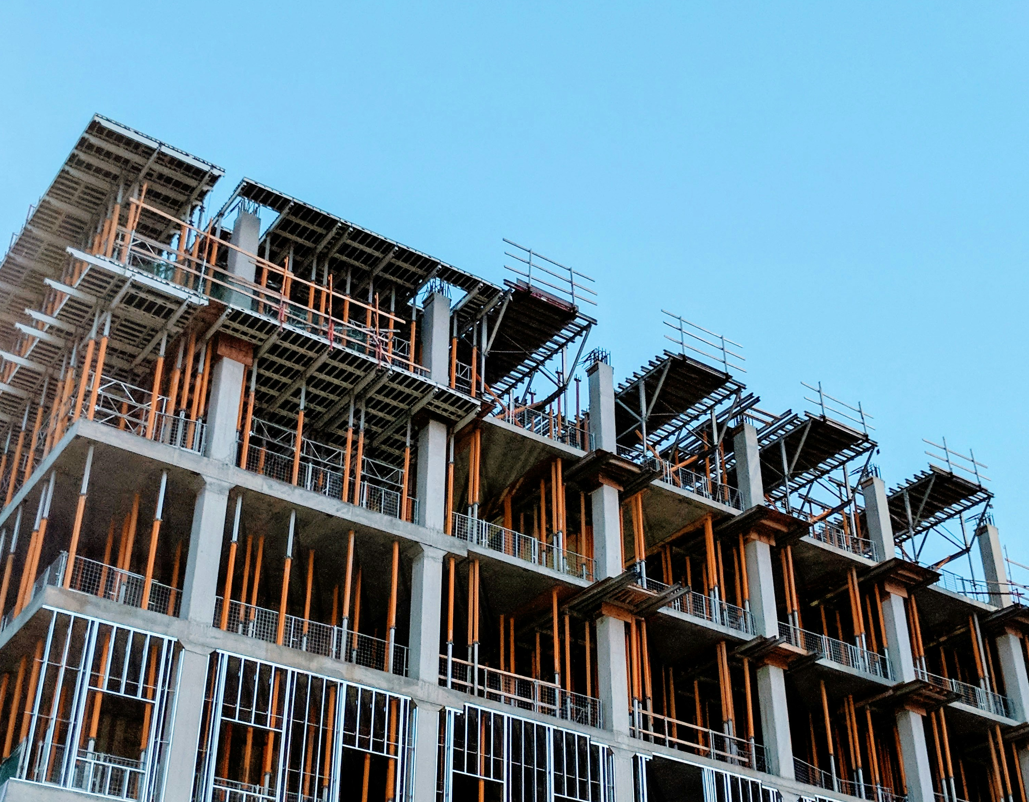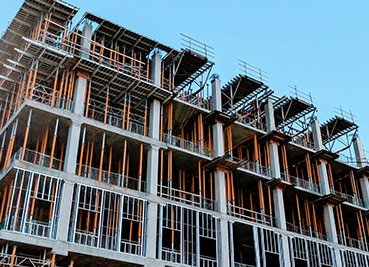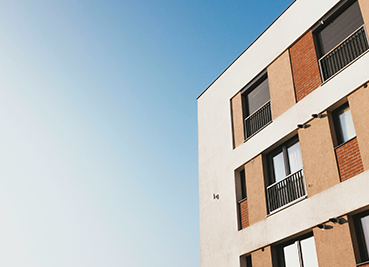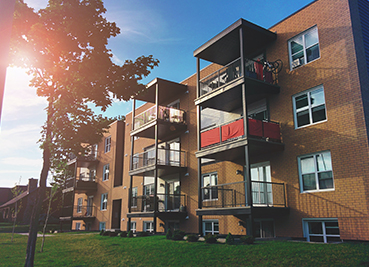
As seen in Denver Business Journal
As the housing market generated uncertainty in a pandemic-driven economy, many individuals gravitated toward the stability and convenience of multifamily housing communities. Amid the rising demand, shifting consumer priorities urged developers and contractors to refocus on this subsector, allowing multifamily construction to boom.
Regardless of the steady influx of multifamily developments, the demand remains prominent. As contractors work to meet the demand, there are several significant challenges to be aware of, including a lack of qualified labor, a rise in material prices, limited financing opportunities, and a large project backlog for similar developments.
Lack of qualified labor
The lack of qualified labor remains a pressing concern across all industry sectors. An aging construction workforce has resulted in a shortage of experienced laborers to maintain the workload. Available candidates often lack the skills needed for the field and this workforce shift poses challenges for construction companies in recruiting and retaining talent.
With 1 in 4 construction workers over the age of 55, this issue is far from a resolution. According to the Associated Builders and Contractors, the construction industry must hire nearly half a million workers in 2024 to meet the growing demand. Dedicated, personalized recruitment efforts can help attract and retain qualified talent in search of new and valuable opportunities. Programs encouraging young students to develop technical skills and eventually join the trades are vital to building a robust and qualified subcontractor pool and improving the qualified labor market for the future.
Material prices continue to rise
Following the impact of COVID-19, construction material suppliers struggled to meet builders’ demands due to labor shortages in their own operations. This pattern drove suppliers to increase the prices of materials such as concrete products, copper wire, iron, steel, and wood products to maintain profitability in an unsettled economy. The Associated Builders and Contractors reported that construction material pricing rose 1 percent in January 2024, a 0.4 percent increase from the previous year. While navigating material pricing fluctuations, it’s important to maintain positive relationships with both suppliers and subcontractors to help stay informed of the best offerings and product availability. The sooner a contractor can get involved in a project and understand the design to confirm the material selections, the better to lock in pricing.
Tightening financing opportunities
While multifamily developers navigate the economy’s infringement on construction, they are cautious about initiating new projects. Rising building costs, investor uncertainty, undesirable interest rates, and strict lending terms are among the factors influencing decision-making for new projects. In the current unpredictable market, developers must create data-driven strategies and consider forecasted trends before securing plans for new projects.
Oversaturated markets
Increased construction of multifamily developments has caused many areas to become oversaturated. Slowing renter growth means that developers face difficulties in renting units in existing and under-construction developments. This trend has led some developers to pause on new project plans, while others strategically consider location and the projected growth for each new building area.
Although this oversaturation exists in some U.S. markets, the housing market shortage remains consistent. Multifamily developments are an excellent remedy for shortage, and as the economy stabilizes and inflation slows, the opportunity for new projects will persist.
Project backlog for multifamily developments
When the 2022 multifamily boom took the sector to new heights, the demand compelled developers to take advantage of the trend. As market complexities came to the forefront at the end of 2022, a lack of materials, financial resources and skilled labor caused significant project delays. Many developers had to reconfigure building schedules to mitigate the backlog. Managing a project backlog can be tedious and burdensome. In this situation, it’s important to be transparent and maintain consistent lines of communication with clients. Setting realistic schedule deadlines and addressing concerns early on can help fix issues before they become problems.
Regardless of these inevitable hurdles, the need for multifamily developments remains as elevated interest rates keep potential homeowners out of the buyer market. When navigating the challenges of the present and preparing for the future, it’s important to fully understand the economic circumstances in the communities where the building is occurring, paying close attention to market saturation, regulatory changes, and the need for innovative designs and amenities to stay competitive. As you examine the ever-changing multifamily landscape, partner with general contractors to determine the best opportunities for delivering the greatest value.




